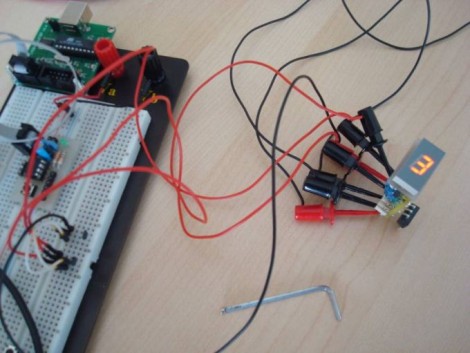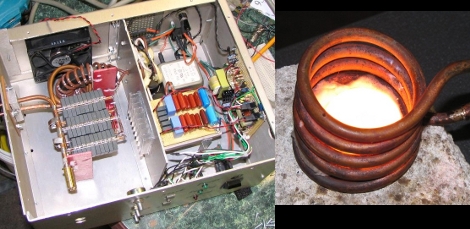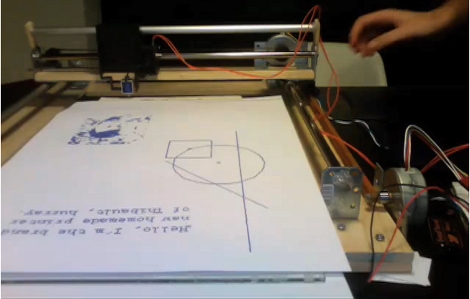
[Vassilis Papanikolaou] just finished building a gear indicator for a motorcycle. This quite a simple implementation compared to some of the other vehicle information displays we’ve taken a look at. You should be able to build and install your own without breaking the bank. An ATtiny25 microcontroller reads data from a couple of hall effect sensors and the neutral switch, then displays the current gear on a 7-segment display.
There’s a magnet on the shifter and two hall effect sensors at the position for ‘gear up’ and ‘gear down’ shifting. The AVR chip keeps track of these and even stores the last position in EEPROM when you shut the bike off. If the device somehow gets off track, it will automatically recalibrate itself next time you shift into neutral, thanks to the bike’s neutral sensor switch.













